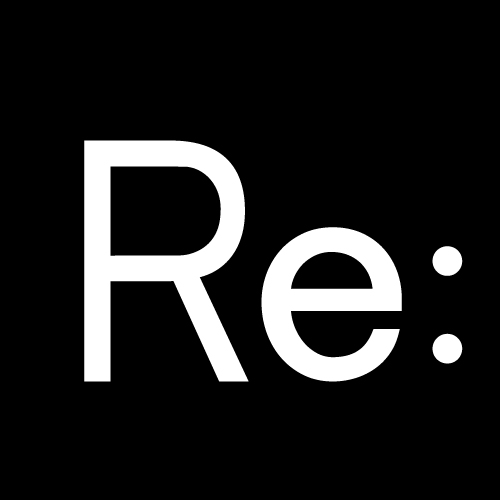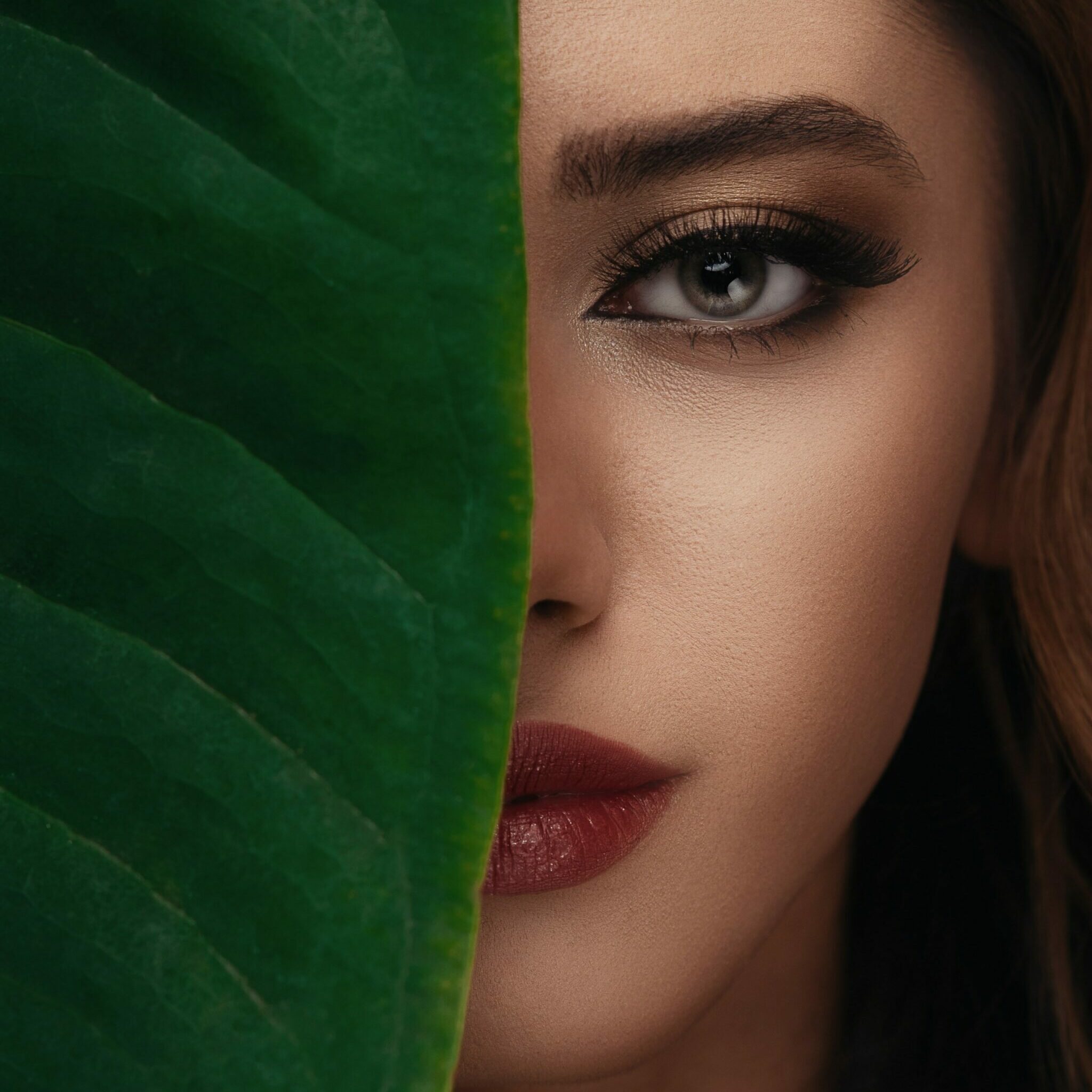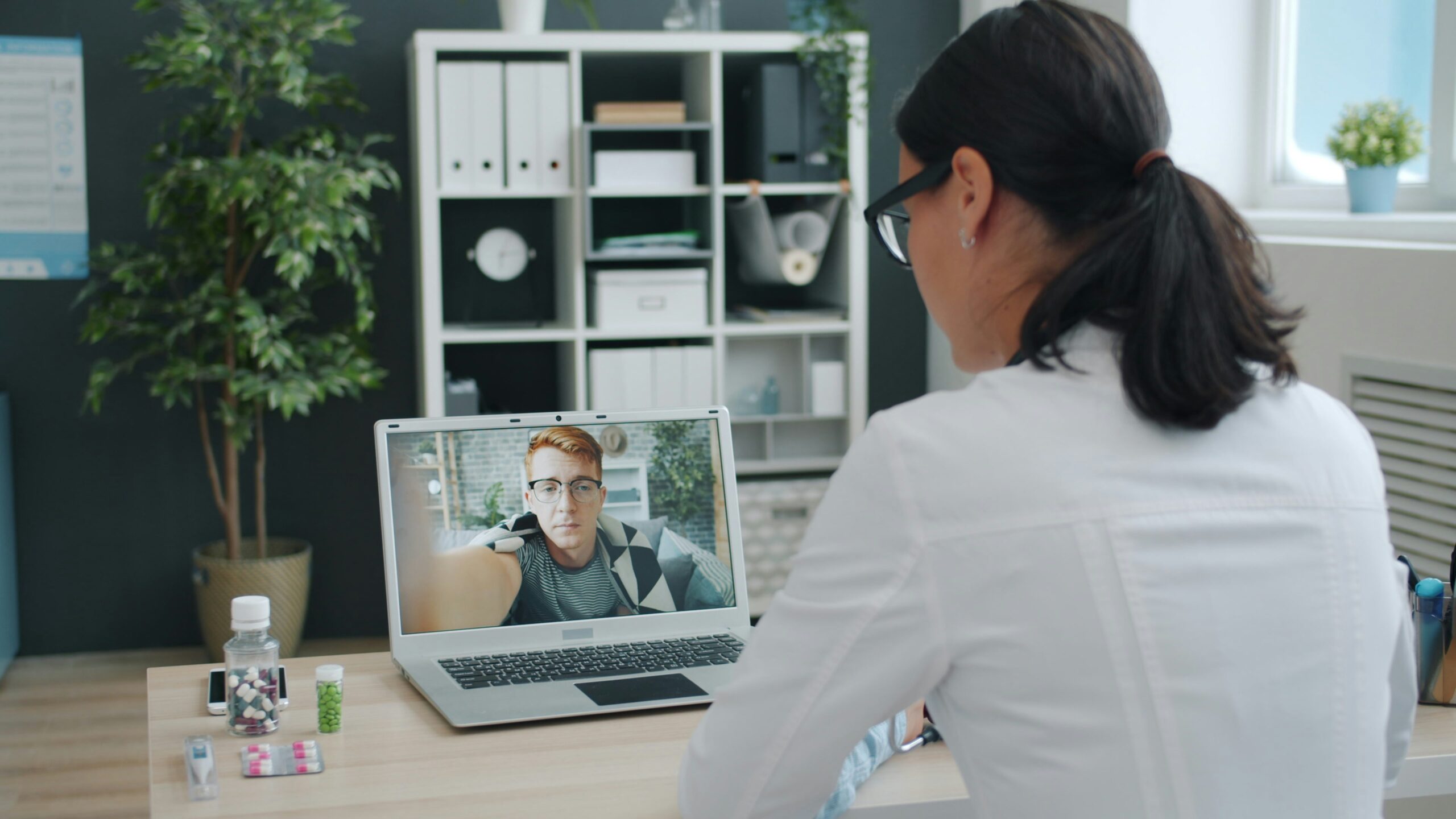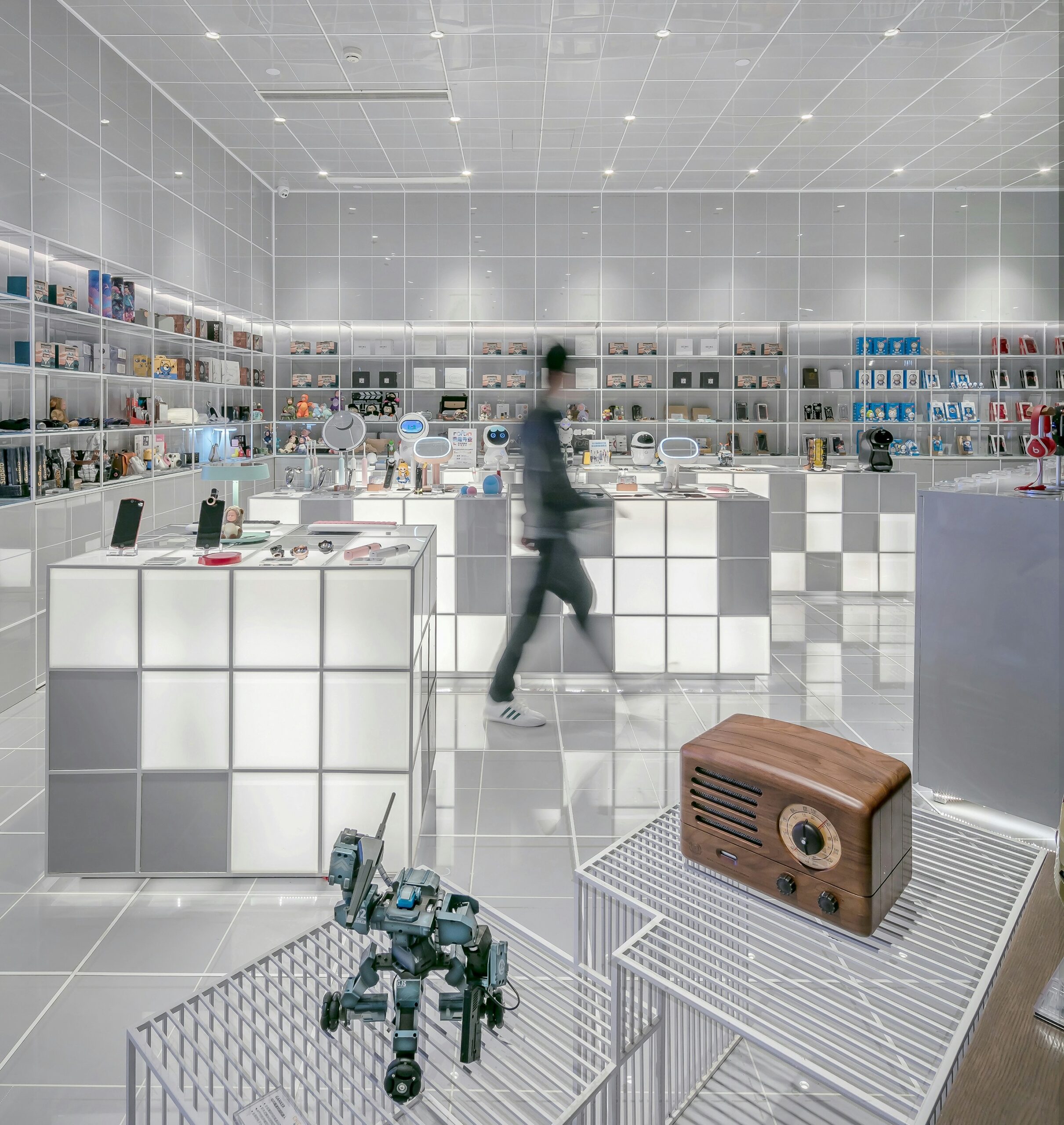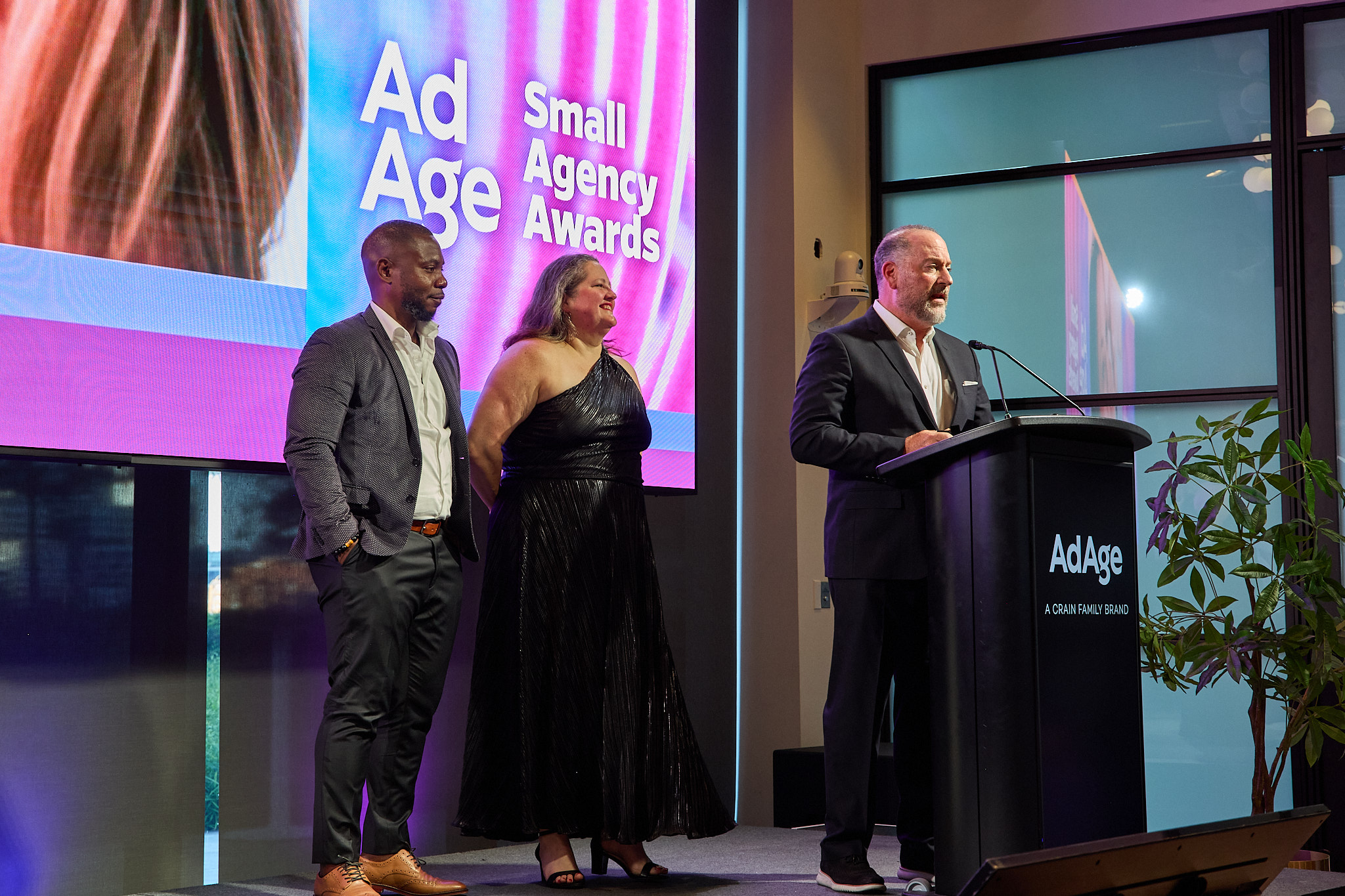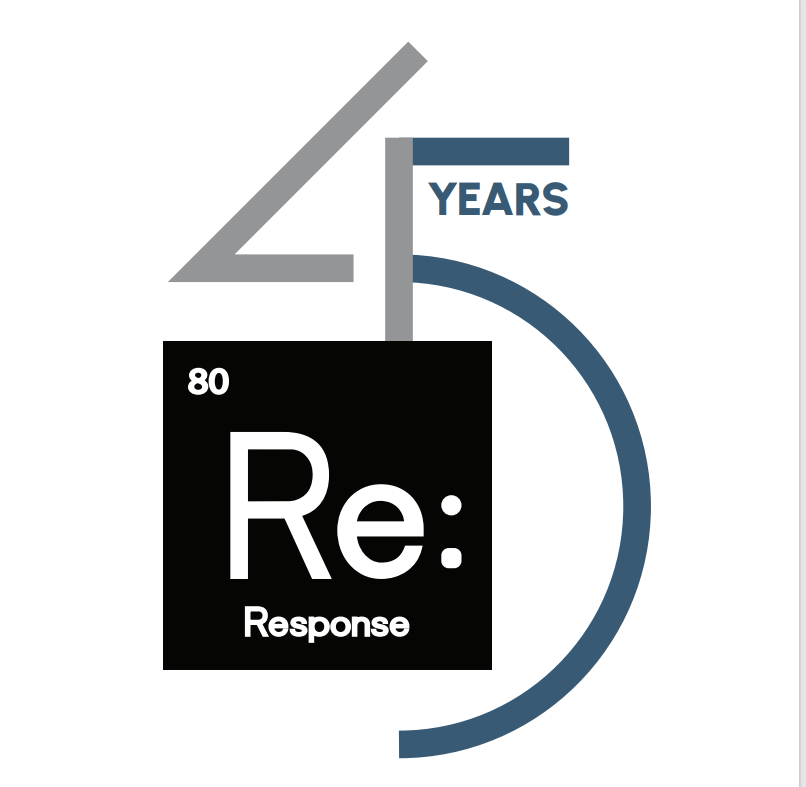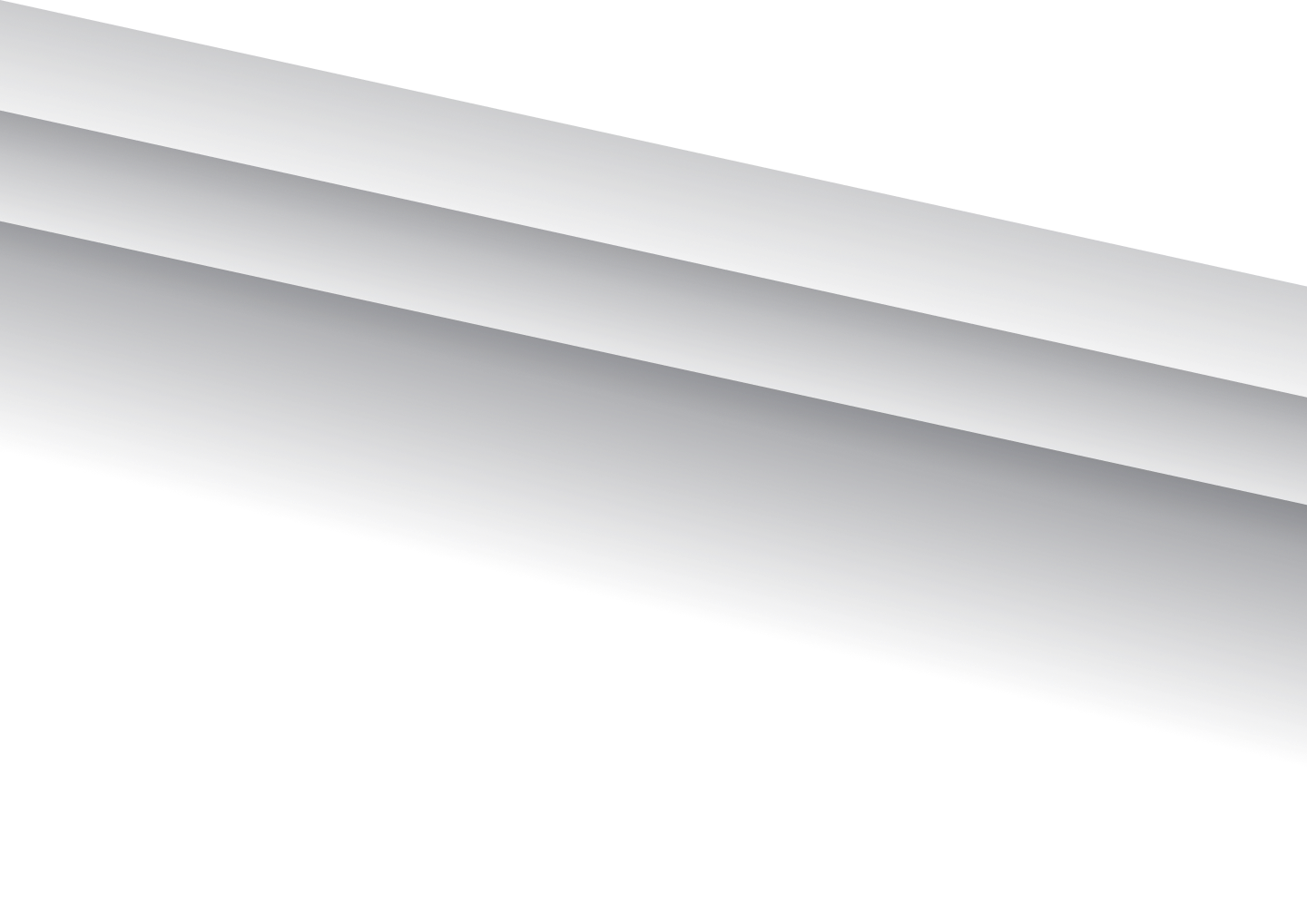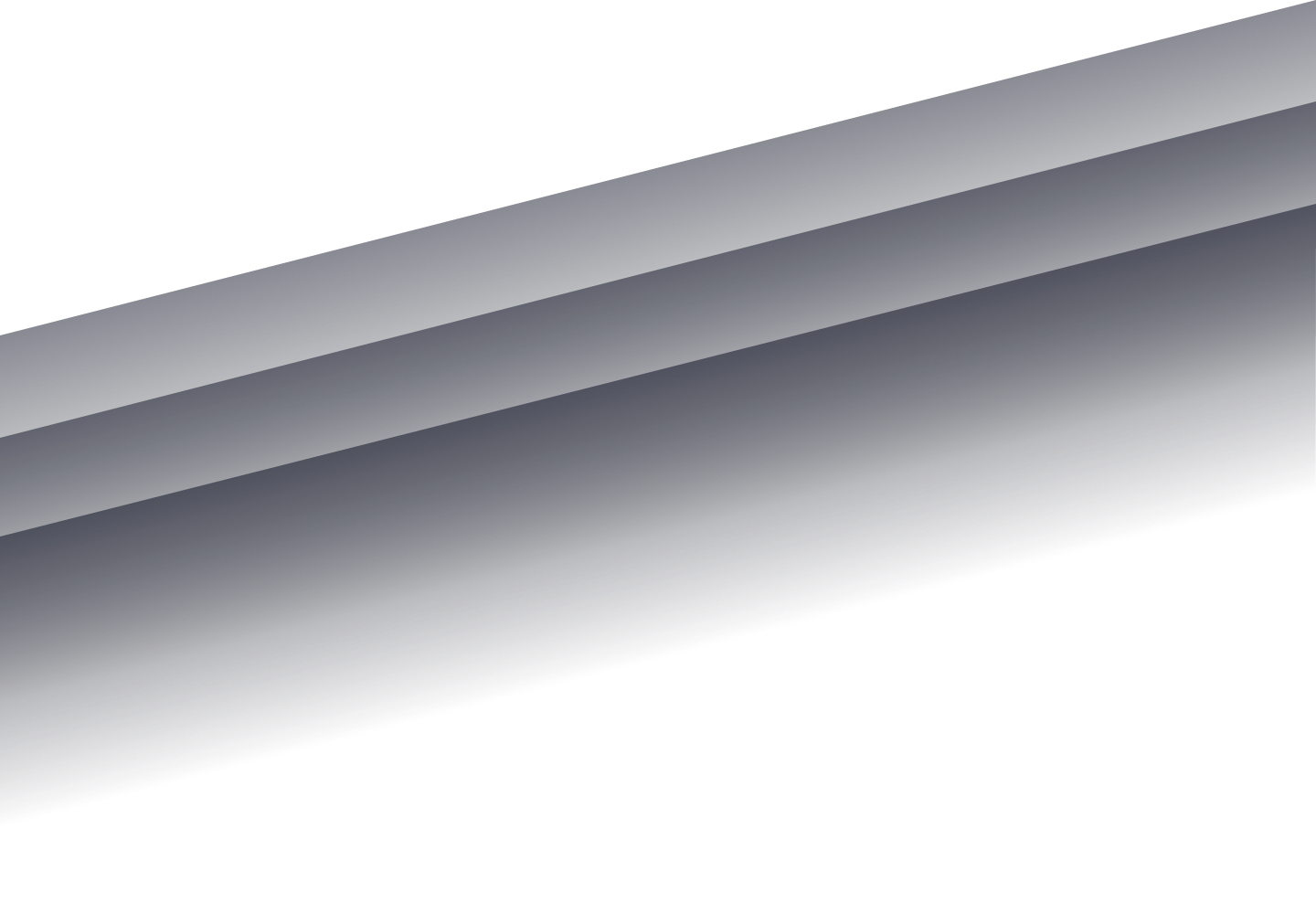Once thought of as an affluent women’s only group, they now run the gamut. Within recent years, luxury brands have finally begun to realize their audience is composed of all genders, skin colors, ages, and socioeconomic classes. (Although there’s still a long way to go.)
While external traits drive the industry, consumers rank confidence, kindness, and intelligence as the traits making a person beautiful. This aligns with what we’ve heard from consumers about why they enjoy high-end skincare, cosmetics, and treatments. They choose products and services to make them feel comfortable in their skin; it’s about highlighting their natural attributes, not significantly changing their features.
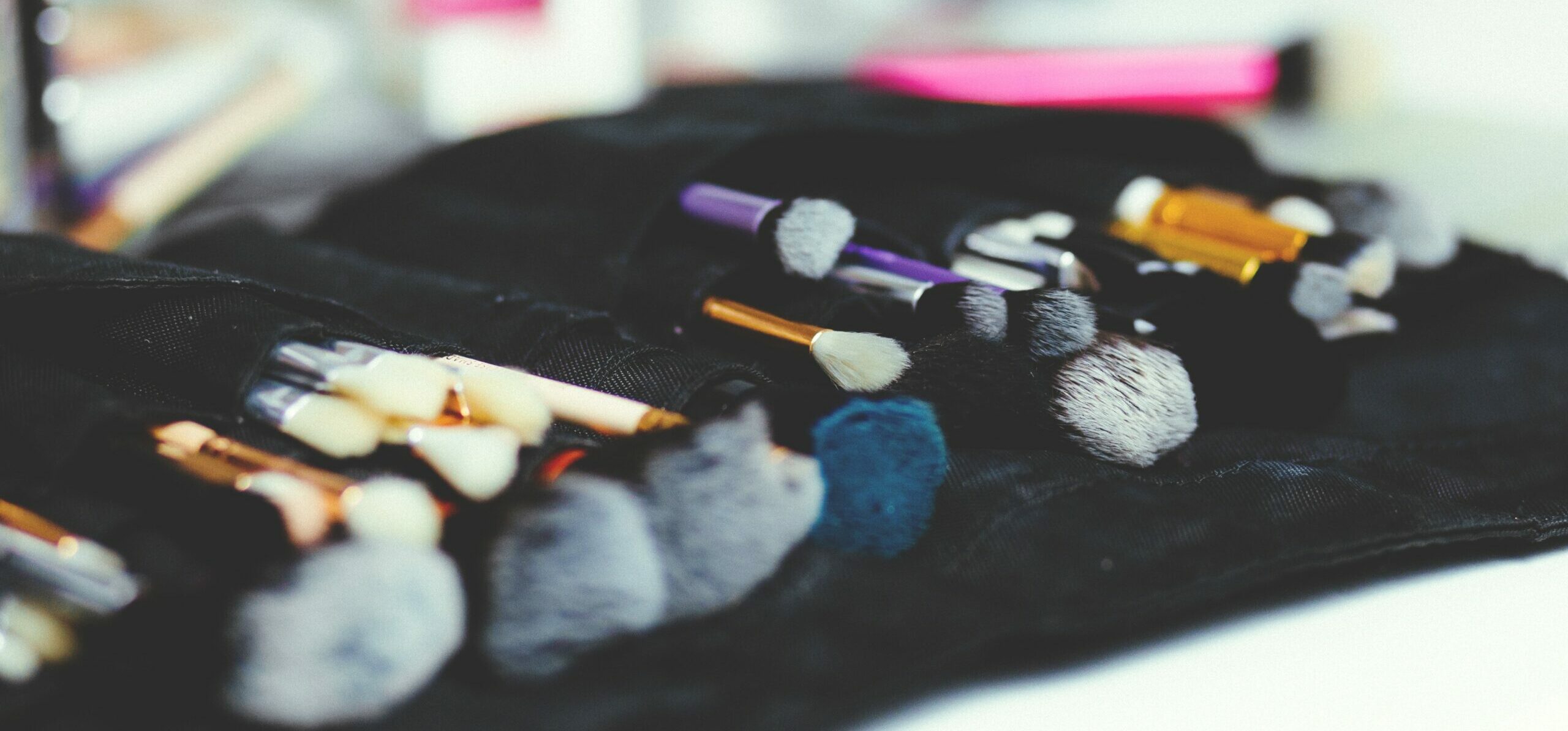
As you’re strategizing about the best way to approach and connect with such a varied group of consumers, consider our top three tips.
Meet Them on Social

“The Millennial and Gen Z segments of your audience are all over social media, whether it’s Instagram, YouTube, or TikTok.”
They’re also heavily influenced by the online community and take the community’s opinions and advice to heart. Use this to your advantage and begin cultivating a roster of influencers to gain exposure to potential customers and initiate loyalty to your brand. You can also implement giveaways as part of your partnership; when done well, the surprise-and-delight approach creates positive buzz among consumers – even if they don’t win the giveaway.
Hop on the Tech Train
Embrace technology that allows consumers to preview how products, treatments, and services (e.g., eyelash extensions) will look once applied. Skincare and dermacosmetic brand Rodan + Fields took this approach when they released their Radiant Defense tinted moisturizer. The brand included a TRY IT ON feature where consumers upload a picture of themselves and then apply a filter to show which shade works best for their skin tone. Giving consumers a realistic idea of how products work on their skin provides a tangible incentive to purchase.
Reflect Your Audience’s Makeup
Beauty consumers don’t want to see heavily photoshopped, gender lopsided, single body type images in advertising. Ipsos’s What the Future survey revealed 50% of North American respondents feel beautiful when seeing people who look like them positively portrayed in advertising and media. Respondents particularly agreed based on body size, age, race, and ethnicity. Keeping it real with your customers will build up trust and loyalty in your brand.
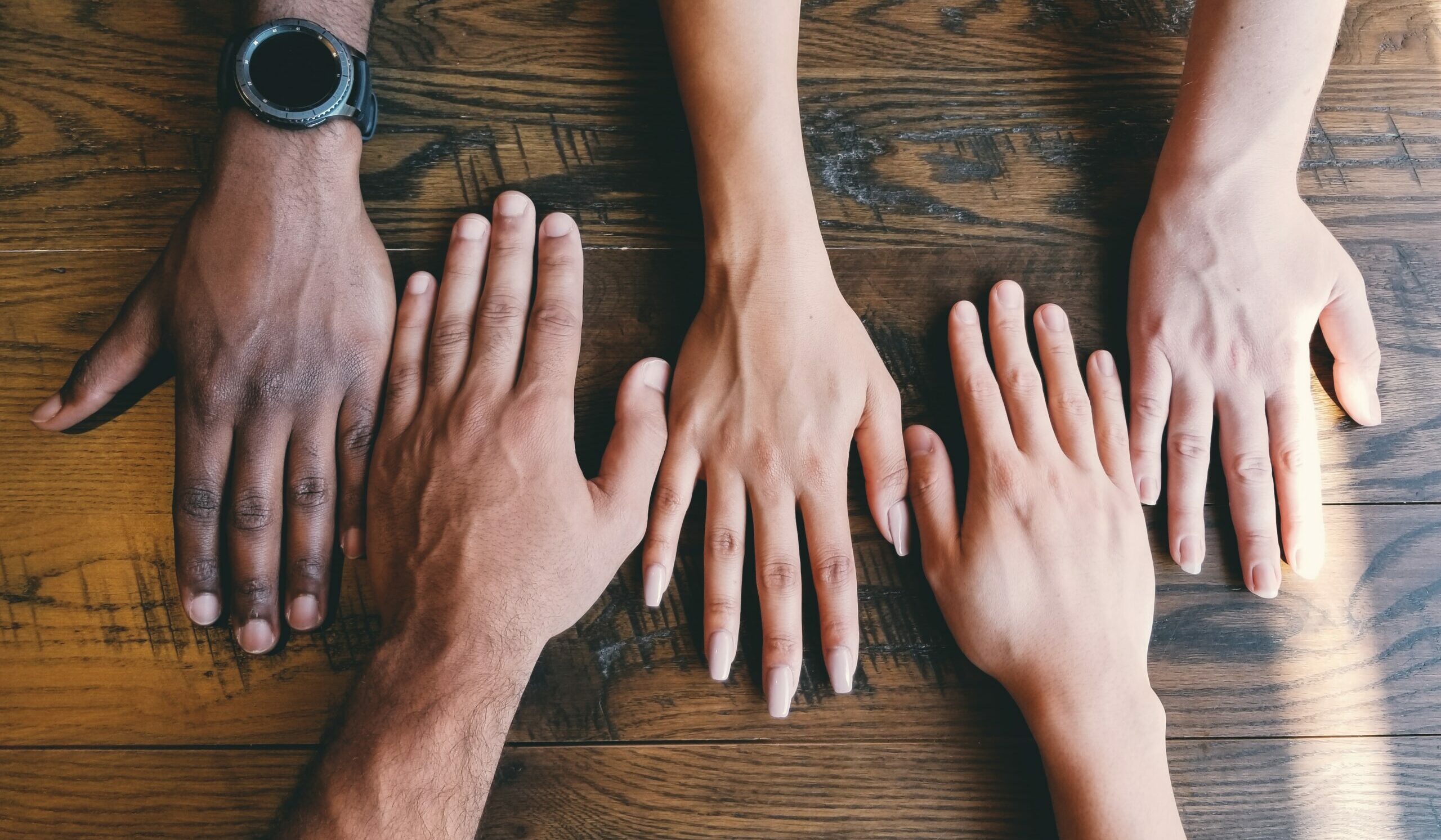
Parting Thoughts
What marketing to the luxury beauty consumer comes down to is the same as other industries: you have to know your audience. Use our tips as a jumping-off point, but continue to dig into data to develop a greater understanding of this diverse group of people. Only then can you win them over.
Not sure how to get started? We have been a data-led CRM agency for more than three decades and would love to help.

